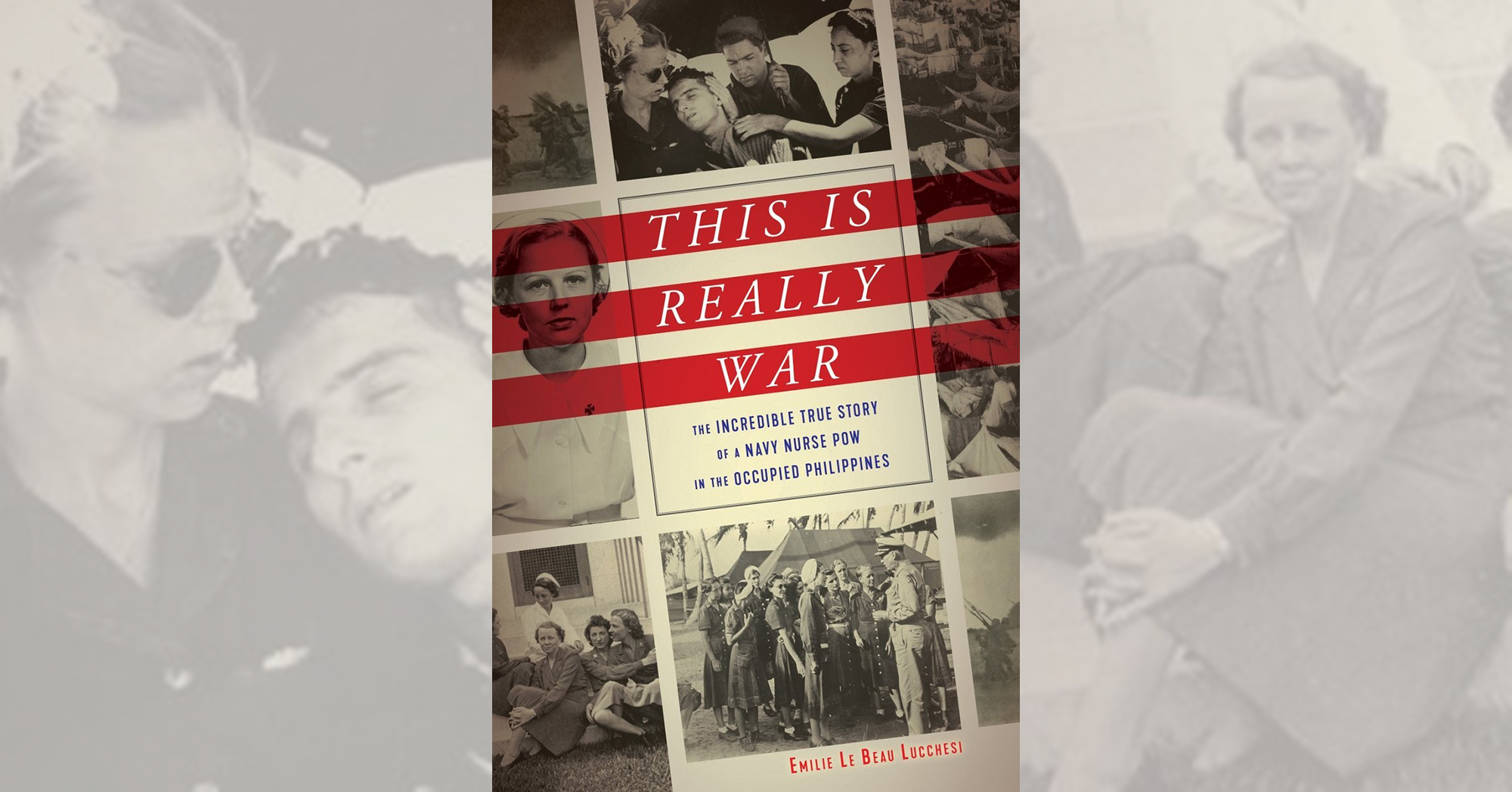This Is Really War: The Incredible True Story of a Navy Nurse POW in the Occupied Philippines, by Emilie Le Beau Lucchesi, Chicago Review Press, Ill., 2019, $28.99
Professor and journalist Emilie Le Beau Lucchesi’s first book, Ugly Prey: An Innocent Woman and the Death Sentence That Scandalized Jazz Age Chicago (2017), was a notable contribution to women’s history. Her second book, What a Way to Spend a War (1995), was inspired by the moving memoir of U.S. Navy nurse Dorothy Still, who in 1991 related a detailed oral history to the Navy’s Bureau of Medicine and Surgery. Her story intertwines with those related here of 11 other remarkable women led by Chief Nurse Laura Cobb. Amazingly, all survived three years of inhuman conditions in World War II Japanese prison camps.
The nurses’ war began in December 1941 at Cavite Naval Base, near Manila, where the women treated casualties after the Japanese attacked the U.S.-administered Philippines in the wake of Pearl Harbor. Still had been weeks away from a scheduled return home to her native California. With no military assistance coming from the United States, Gen. Douglas MacArthur withdrew with his outnumbered American and Filipino troops to Bataan, the subsequent starting point of the infamous forced death march of POWs. The nurses remained behind in Manila. Bounced around among POW camps—including Santo Tomas and Los Baños—that held largely civilian internees, the women endured horrific conditions. While suffering themselves and using improvised medicine, the dozen dedicated nurses provided lifesaving care to their beleaguered fellow inmates, including the more than 2,000 Allied POWs held at Los Baños in the war’s later years.
In early 1945 American paratroopers and Filipino guerrillas liberated the exhausted, emaciated nurses. Repeatedly photographed, Still and the other nurses found brief celebrity. But with little understanding from either military doctors or the public for their collective affliction of post-traumatic stress disorder, they became a forgotten chapter of the war. Recently emerging scholarship, such as Elizabeth Norman’s We Band of Angels (1999), has provided much-needed illumination. Supported by maps, photographs, a chronology, a bibliography and both descriptive footnotes and source endnotes, This Is Really War is well-researched, engagingly written addition to a growing body of important war literature.
—William John Shepherd
This post contains affiliate links. If you buy something through our site, we might earn a commission.





